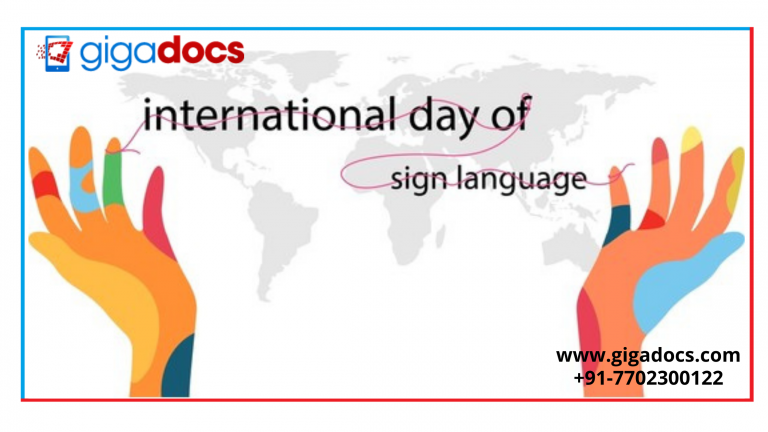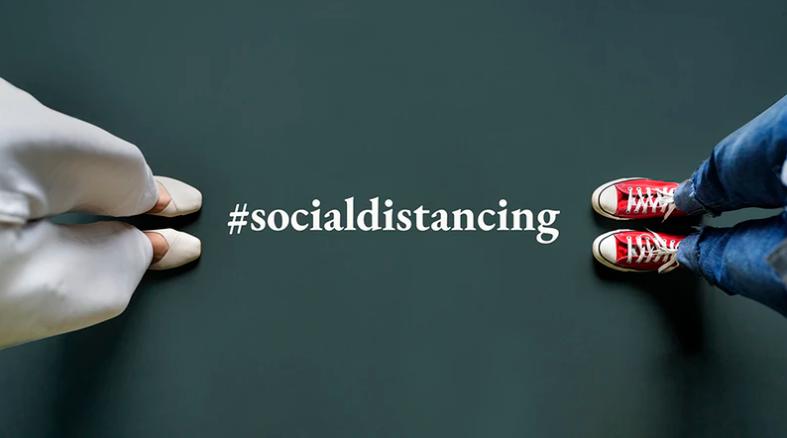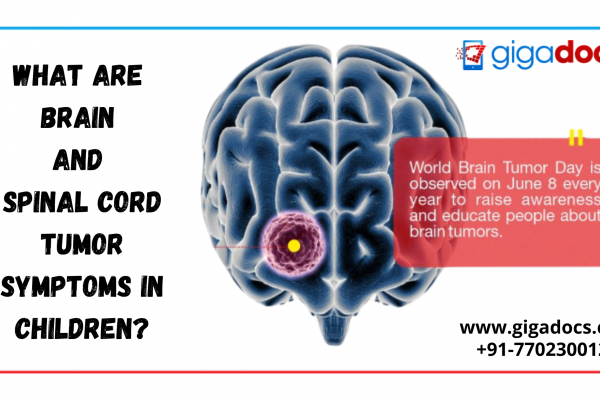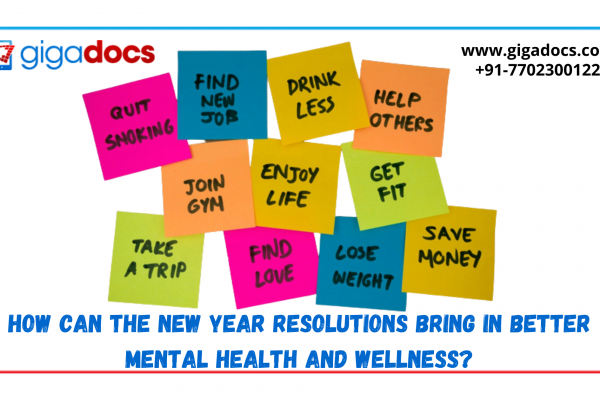Hearing loss is very common, as per WHO estimates, India is home to over 60 million people, who are suffering from Significant Auditory Impairment. Milder degrees of hearing loss and unilateral (one-sided) hearing loss affect an even more significant percentage of our population, making it difficult for them to hear conversational speech or loud noises.
What causes Hearing loss?
Although hearing difficulties can be experienced at various times during one’s life, people are most vulnerable to their impacts during critical life stages, which include-
Hearing Loss during Prenatal Stage
- Genetic factors that lead to hereditary and non-hereditary hearing loss.
- Intrauterine infections like rubella and cytomegalovirus infection can cause ear damage.
Antenatal Hearing Loss
- Low levels of oxygen at birth (birth asphyxia)
- Low weight at birth
- Severe jaundice during the neonatal stage (Hyperbilirubinemia)
Hearing Loss during Childhood and Adolescence
- Chronic ear infections
- Inflammation caused by infection (Meningitis)
- Fluid deposits in the ear
Hearing Loss during Adulthood and Old Age
- Chronic diseases
- Smoking
- Otosclerosis
- Aging-related gradual hearing loss caused by prolonged exposure to loud noise
| International Week of the Deaf There are more than 70 million deaf people on the globe, according to the World Federation of the Deaf, more than 80% of these Deaf People primarily live-in underdeveloped countries, speaking more than 300 unique sign languages altogether. Since 2009, the International Week of the Deaf has been observed annually during the whole last week of September worldwide. Every year during this week, we gather together to spread awareness of the communities, traditions, and sign languages which is helping people with hearing impairment. |
Communicating with the Deaf
A sign language that includes hand signals, gestures, facial expressions, and body language is the best means to converse with deaf or hard-of-hearing people. There is no universally accepted sign language. Sign languages, like spoken languages, evolved naturally when different groups interacted with one another, resulting in a wide range of variants. There are between 130-300 different varieties of sign languages in use now all over the world.
Let’s know more about the most commonly used sign language around the world-
Sign Languages Across the World
Surprisingly, most countries with a commonly used spoken language do not always share a common sign language. Like for instance, sign language nomenclature adopts three types of English -ASL (American Sign Language), BSL (British Sign Language), and Auslan (Australian Sign Language).
| International Day of Sign Languages Every year on September 23, the International Day of Sign Languages is commemorated to raise awareness about the relevance of sign language and the human rights of the deaf. The World Federation of the Deaf has declared “We Sign for Human Rights” as the theme for 2021, underlining how the deaf and the people who can hear, from across the world can strive to learn sign languages and promote their adoption in all walks of life. |
Sign language is the primary means of communication for the Deaf and the Hard-of-Hearing community; however, it can also benefit other communities.
Autism, Apraxia of speech, Cerebral Palsy, and Down Syndrome are all conditions that make it difficult for people to communicate verbally. Many children with disabilities, particularly Autism Spectrum Disorder (ASD), have shown that practicing sign language instead of or in addition to spoken language improves their communication with others.
Hearing Loss Care with Gigadocs
Deaf people who communicate using sign language may find it difficult to express themselves within the healthcare system. This might deprive them of vital health information and expert medical care.
Gigadocs provides digital consultation services for all hearing impaired healthcare needs, at their convenience, at their home. With the help of a caregiver or interpreter, they can use the Gigadocs app to get healthcare for chronic and non-chronic diseases, seasonal infections, and general well-being, such as contacting a nutritionist or physiotherapists.
Download the Gigadocs App from-
- IOS App – apple.co/2W2iG4V
- Android App – bit.ly/33AQoRC
To know more and schedule a Virtual Consultation demo, e-mail, at info@gigadocs.com




